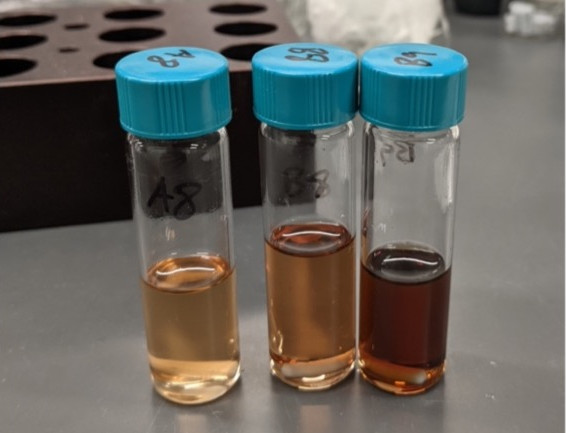By: Kiran Reed
Hello everyone! My name is Kiran and I am a 3rd year masters student in Dr. Mark Steele’s fish ecology lab at CSU, Northridge. My project there, and as a 2021 Wrigley Summer Fellow, aims to show how a visual giant sea bass predator cue impacts behavior of smaller fishes. Generally, I am very interested in questions surrounding fish behavior!
Giant sea bass (GSB) are a particularly cool species to study, I think, because so little is known about them and their ecology. The species was fished to ecological extinction in the 20th century; however, in recent years populations have started to slowly recover. Right now, there are just enough out there that we can start to learn more about them. GSB is one of the few fish apex predators in the Southern California Bight and the only one that inhabits coastal rocky reefs, so they hold a pretty unique niche in the ecosystem.
Since studying real GSB can be unreliable and tricky, I spent many of my quarantined months building a fake GSB model. In order to do this, I worked with Reynold’s Advanced Materials, which is a store in Burbank that supplies materials to a lot of Hollywood prop builders. I took a mold of a taxidermied GSB and then cast and painted my own rubber replicate:
Using a model predator allows me to standardize the visual predator cue that smaller fish are exposed to, which helps to eliminate some unwanted variability in my data. In order to attract smaller fish, I attach my model GSB to a baited remote underwater video system (or BRUV for short). The BRUV is baited, so I can watch how fish act and feed differently when my model GSB is attached or not.
I have spent this summer traveling around to sites that have higher and lower GSB densities and have run BRUV trials with and without my model GSB attached. Though I haven’t had a chance to crunch the numbers yet, I’m hopeful that I’ll be able to find some differences in how fish respond to my model GSB!
This will be the first study to show how GSB ecologically affect other species. As GSB populations continue to recover, it’s important to understand how their growing presence in coastal CA kelp forests might impact ecological dynamics of the system.






